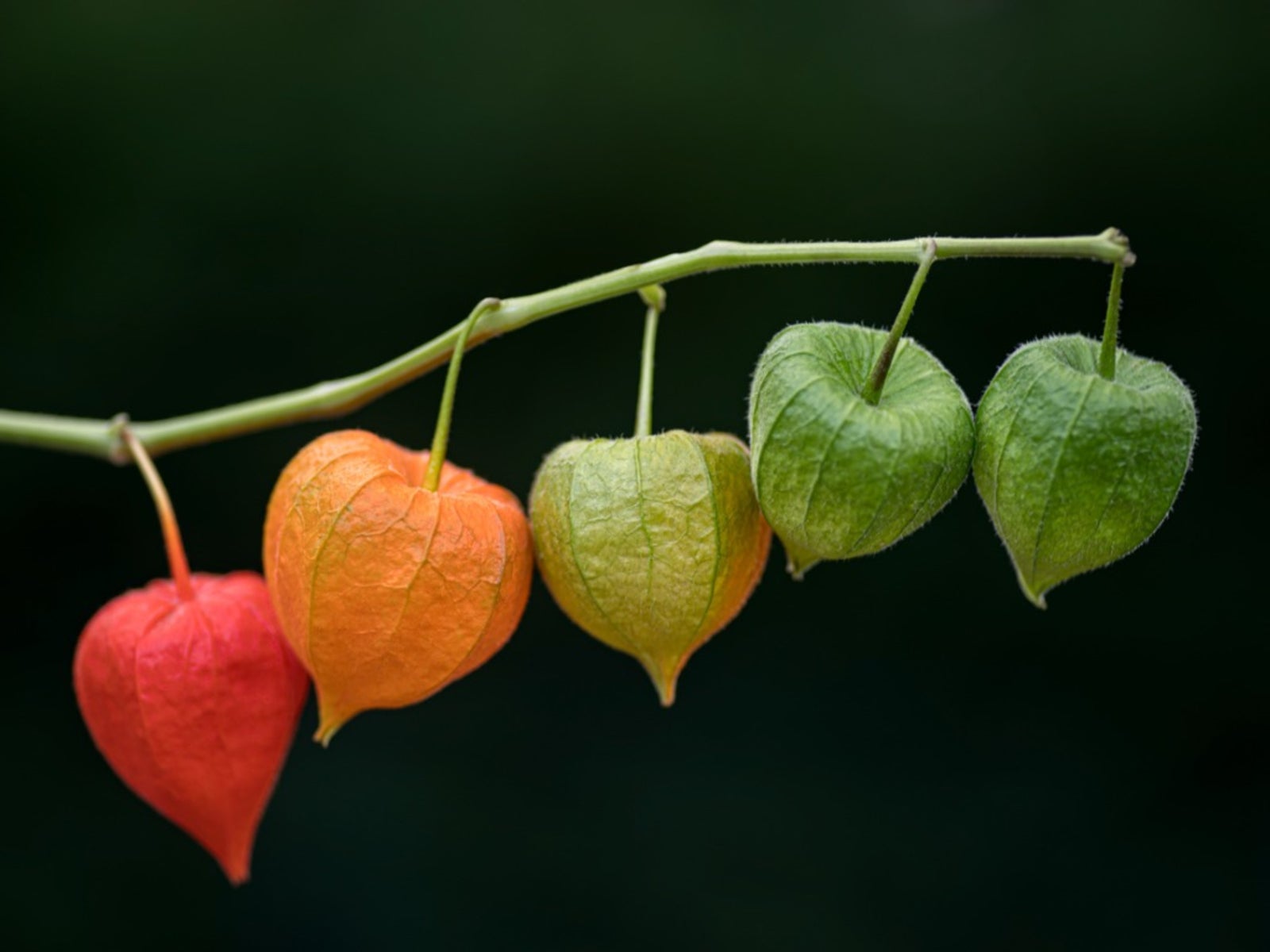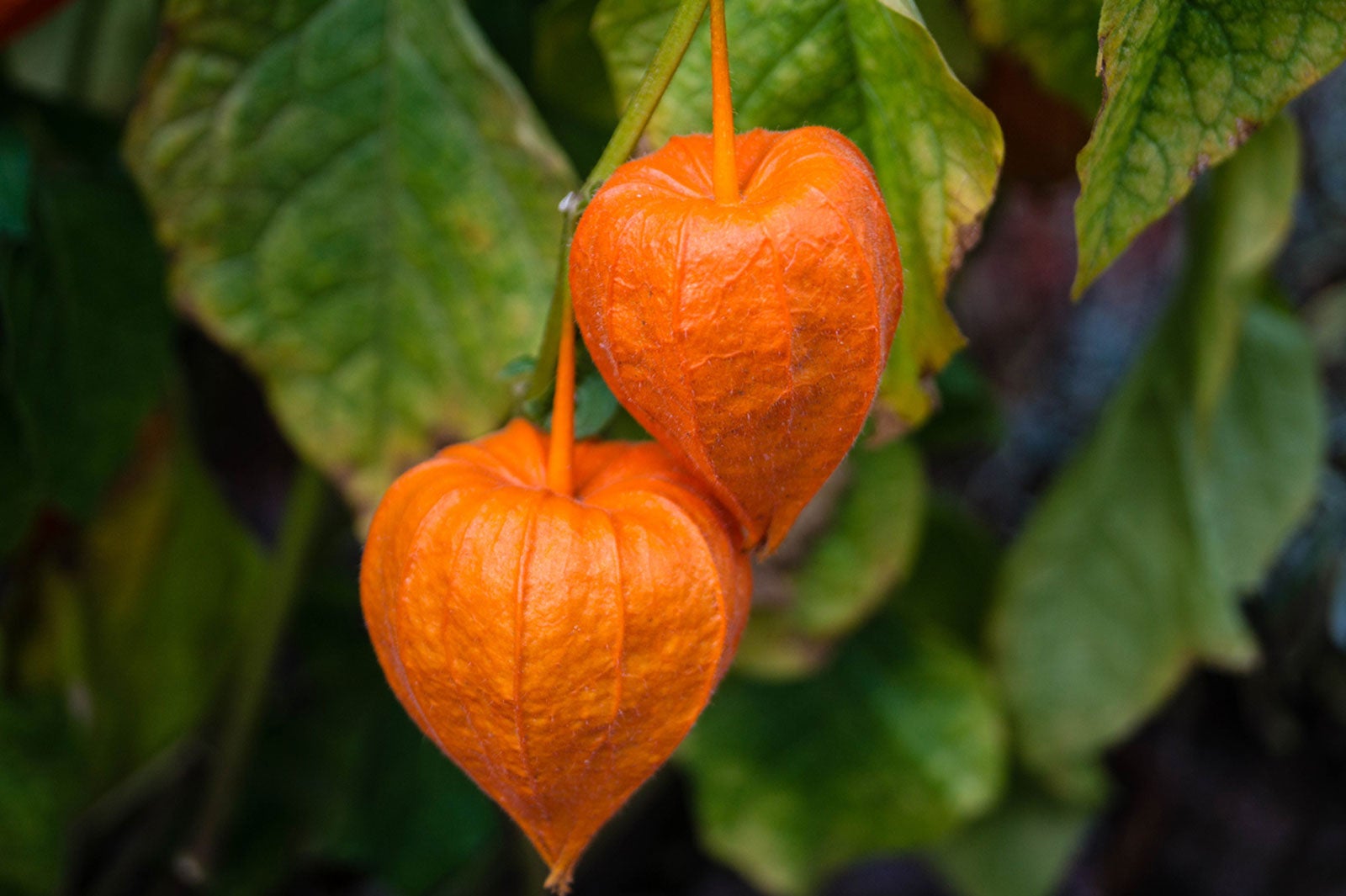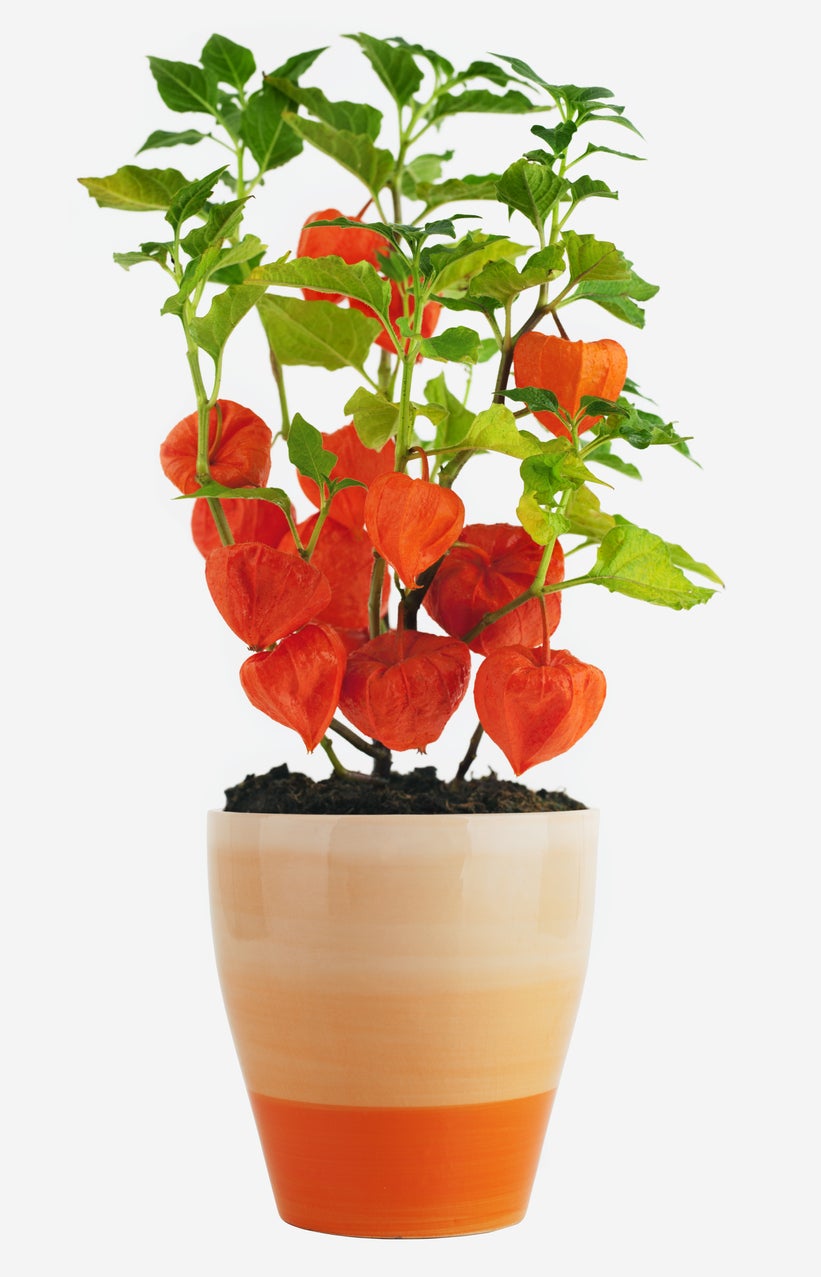Caring For Chinese Lanterns - Tips For Growing Chinese Lantern Plants


If you see a resemblance between Chinese lanterns (Physalis alkekengi) and tomatillos or husk tomatoes, it's because these closely related plants are all members of the nightshade family. The spring flowers are pretty enough, but the real delight of a Chinese lantern plant is the large, red-orange, inflated seed pod from which the plant gets its common name.
These papery pods enclose a fruit that is edible though not very tasty. While the leaves and unripened fruit are poisonous, many people like to make use of the pods in dried flower arrangements.
Growing Chinese Lantern Plants
Growing Chinese lantern plants is similar to growing other members of the nightshade family, such as tomatoes, peppers, and eggplant. Chinese lantern is winter hardy in USDA plant hardiness zones 3 through 9. In addition to growing Chinese lantern plants from small transplants, many people have success with growing Chinese lantern seeds.
Chinese lantern seeds can be a bit fussy to germinate. Start them indoors in late winter or early spring. They need light in order to germinate, so lay them on top of the soil and place the pot in an area with bright but indirect light and temperatures between 70 and 75 degrees F. (21-24 C.). Have patience with this plant, as it takes as long as a month for seedlings to emerge.
Once transplanted outdoors, Chinese lantern plant care and growth begins with choosing the right site. The plant needs average, moist but well-drained soil and prefers full sun though it will tolerate light shade.
How to Care for a Chinese Lantern
Caring for Chinese lanterns is easy. Keep the soil moist at all times. Water when there is less than an inch (2.5 cm.) of rainfall in a week and spread a 2 to 4 inch (5-10 cm.) layer of mulch on the soil to prevent water evaporation while keeping the roots cool as well.
Fertilize with a slow-release fertilizer in spring and a balanced general-purpose fertilizer after flowering.
Gardening tips, videos, info and more delivered right to your inbox!
Sign up for the Gardening Know How newsletter today and receive a free copy of our e-book "How to Grow Delicious Tomatoes".
If the plants become leggy after flowering, you can cut them back to give them a fresh start. Cut the plants back nearly to the ground at the end of the season.
Drying the Pods
Another aspect of Chinese lantern plant care is collecting the pods. Dried Chinese lantern pods make excellent materials for fall floral arrangements and decorations. Cut the stems and remove the leaves but leave the pods in place. Stand the stems upright in a dry, airy location. Once dry, the pods retain their color and shape for years. If you cut along the veins of the pods, they will curl into interesting shapes as they dry.

Jackie Carroll has written over 500 articles for Gardening Know How on a wide range of topics.
-
 Looking For Plants To Give You The Soft And Fuzzies? Try These 5 Fuzzy Leaf Plant Options
Looking For Plants To Give You The Soft And Fuzzies? Try These 5 Fuzzy Leaf Plant OptionsLovers of texture, drama, silver foliage and tactile plants will adore these special sensory garden additions. These fuzzy leaf plant options will leave you all aglow
By Susan Albert
-
 Get Ready For A Summer Of Hummers! Grow These Full Sun Hummingbird Plants and Flowers
Get Ready For A Summer Of Hummers! Grow These Full Sun Hummingbird Plants and FlowersIf you’re lucky enough to enjoy a sunny backyard, make sure you are maxing out on your pollinator opportunities and grow these full sun hummingbird plants and flowers
By Tonya Barnett
-
 Chinese Lantern Control – How To Get Rid Of Chinese Lantern Plants
Chinese Lantern Control – How To Get Rid Of Chinese Lantern PlantsPretty Chinese lanterns can become noxious weeds, choking out the plants you really love. Learn to control them.
By Bonnie L. Grant
-
 Container Grown Chinese Lantern – How To Grow A Chinese Lantern Plant In A Pot
Container Grown Chinese Lantern – How To Grow A Chinese Lantern Plant In A PotGrowing Chinese lanterns can be a challenging project. One easier method when growing this specimen is having your Chinese lantern plant in a pot. These are great additions when creating colorful, autumn decorations and accents. Learn more in this article.
By Becca Badgett